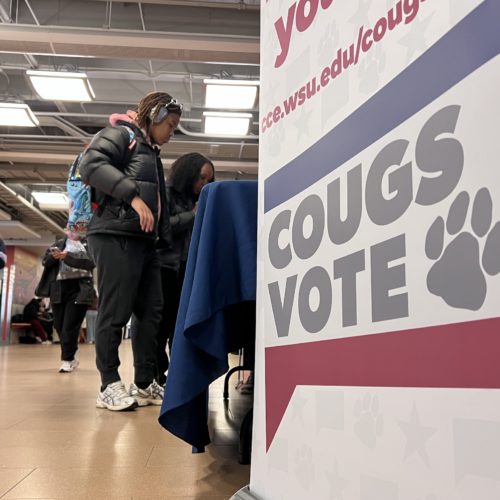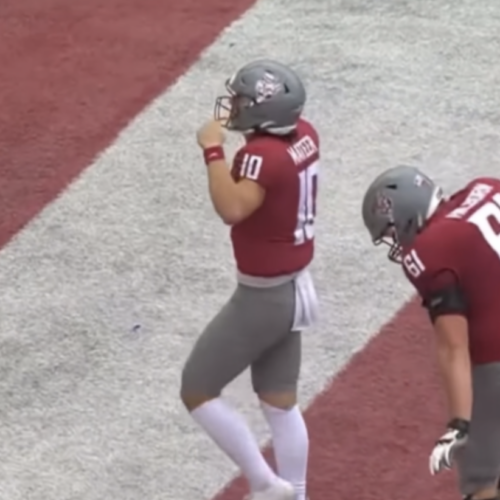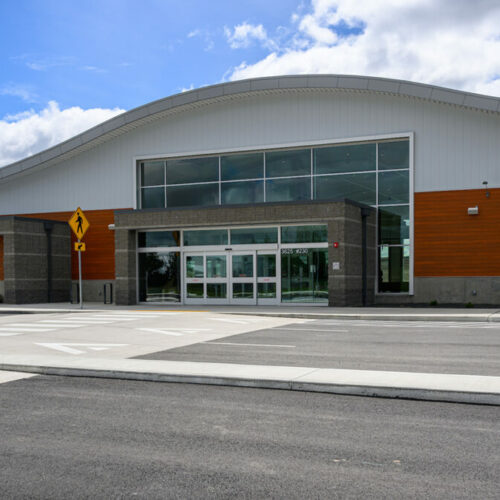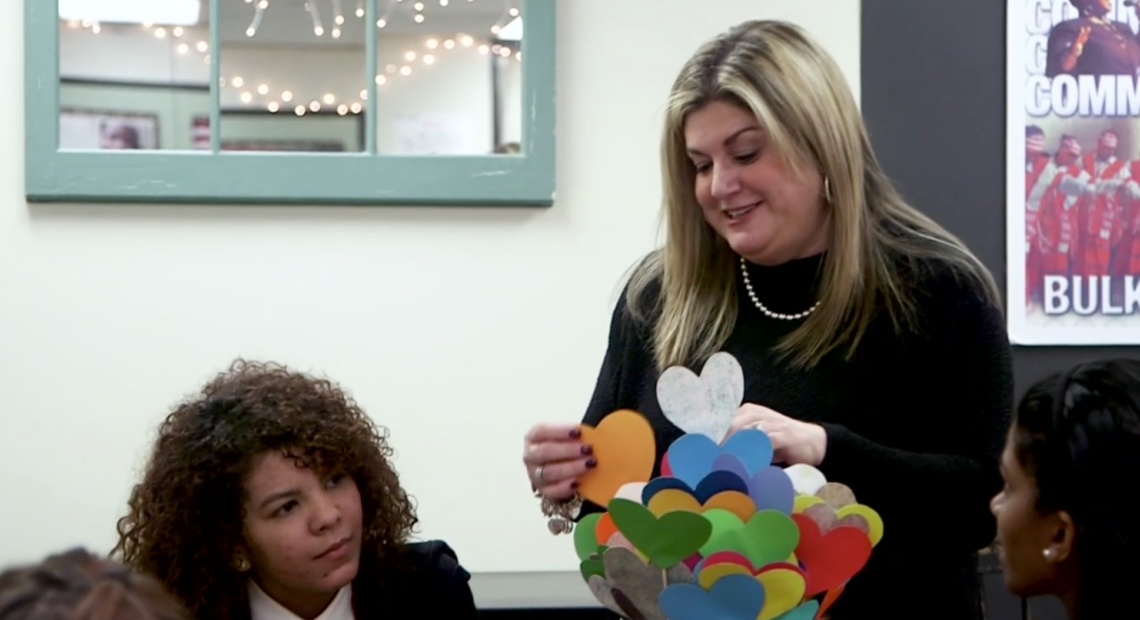
Puerto Rican Students Flock To U.S. Mainland Following Hurricane Maria
Full Transcript
MEGAN THOMPSON:
Last month, we brought you the story of displaced families that came to Hartford, Connecticut from Puerto Rico following the devastation wrought last year by Hurricane Maria. Hartford, with a strong Puerto Rican population and heritage of its own, is now home to hundreds of children displaced by the storm. Today, we take a closer look at the challenges these students face adjusting to life in a school system that is determined to educate them, even as it struggles to find the funding to do so. NewsHour Weekend’s Ivette Feliciano reports.
IVETTE FELICIANO:
Gia De León had just started her day at Bulkeley high school in Hartford, Connecticut, when she found herself too sad and distracted to focus on algebra.
GIA DE LEÓN:
It was my first period and I told my teacher that I needed to go to the bathroom, but I didn’t go to the bathroom.
IVETTE FELICIANO:
Instead, she walked through the hallways, crying, until she found Gretchen Levitz, who students here call the school mom.
GIA DE LEÓN:
She asked me about like, why I was crying and then I told her, because I miss my mom, I don’t get used to this, it’s hard, I’m distracted.
IVETTE FELICIANO:
De León, a junior at Bulkeley, came to Hartford last fall from Puerto Rico after Hurricane Maria struck the island. Her family had never considered sending her away to be educated. But when her school lost both electricity and water, and closed, her mother decided to send her to live with her aunt in Hartford to finish school.
GIA DE LEÓN:
I’m always gonna prefer that life I used to have before the hurricane.
IVETTE FELICIANO:
Since Hurricane Maria, more than 24,000 displaced students from Puerto Rico have enrolled in school in states including Florida, Massachusetts and New York. Almost 2,000 have come to Connecticut, more than 400 to Hartford. The city has a long history of Puerto Rican migration and a strong Puerto Rican community. But that doesn’t mean it’s easy for the students or the schools.
After De León arrived, she met Levitz, who runs student activities and programming at Bulkeley high school.
Levitz says the new students from Puerto Rico are resilient, but still face emotional challenges as they adjust to a new school, especially if they have been separated from family and friends.
GRETCHEN LEVITZ:
When the kids come they don’t necessarily come right out and say, I’m having a terrible time adjusting. It comes out in different ways. For example a student might see something that reminds them of home and then they might start crying or they may feel lonely. We try to provide them with as much compassion and assistance as we can.
IVETTE FELICIANO:
Levitz has worked at Bulkeley for more than twenty years. She says the school has always welcomed students students from all over the world, but she’s never seen anything quite like this. More than 70 displaced students have enrolled here since last September.
GRETCHEN LEVITZ:
The students from Puerto Rico were a little different because it was sudden, it wasn’t planned and some of them were coming without their family members or staying in hotels or emergency types of shelters.
IVETTE FELICIANO:
This issue is personal for Levitz, whose extended family lives on the island. And she’s not the only one with close ties there.
ENITZAIDA RODRIGUEZ:
When new arrivals started to come I still had not heard from my mom, so I was very eager to meet them.
IVETTE FELICIANO:
Enitzaida Rodriguez attended Bulkeley and now works here as a social worker. She says students have told her it’s hard for them to adjust to a new school where many people don’t speak their language.
EENITZAIDA RODRIGUEZ:
Many do know come and they do know the language but many others don’t know the language. I think even adjusting to the language and barriers that they might find, whether discrimination because of the language or racism.
IVETTE FELICIANO:
Does anything come to mind about something a student has said to you in that regard?
ENITZAIDA RODRIGUEZ:
I think this has been ongoing, ‘We’re in America, speak English.’ Like ‘Here I go again, like isn’t that discrimination?’ I said yeah, we have to work through that.
IVETTE FELICIANO:
Two miles away, McDonough Middle School has accepted 18 new students since the hurricane, which means more students in bilingual education class.
Hartford educators say that this bilingual support is crucial for new students, and that additional staff are needed. But providing adequate support is a struggle in a district that lacks the funding to do so. That’s according to superintendent dr. Leslie torres-rodriguez.
DR. LESLIE TORRES-RODRIGUEZ:
If you’re asking me whether I have the resources, people time and money, no. No. Already we are a challenged district and we remain committed to providing high quality teaching and learning, but at the same time, right, we know that that requires additional resources.
IVETTE FELICIANO:
Those resources could be hard to come by. Hartford was grappling with its own budget crisis long before Hurricane Maria.
Last year, its credit rating was downgraded to junk-bond status. The city narrowly avoided bankruptcy when Connecticut lawmakers approved a state budget in October that would provide $40 million dollars in aid to keep it from collapsing.
Still, Hartford Public Schools began this school year with a $3 million dollar deficit, and plans to close several schools over the next three years.
The district estimates that educating the new students will add about another $3 million dollars in costs this year, which includes hiring more bilingual teachers and tutors along with transportation costs and assessments.
So far, Hartford has hired more than twenty teachers and staff to support the new students. Superintendent Torres-Rodriguez points out that Hartford schools are legally required to provide public education.
DR. LESLIE TORRES-RODRIGUEZ:
At no point am I going to say we are not going to deliver services for our students, so let’s put that aside and clarify that. Even if that means that we have to run a deficit, we have to educate our students.
IVETTE FELICIANO:
Several federal and state efforts could provide additional funding for Hartford’s education system. This year’s federal budget deal awarded $2.7 billion dollars to schools affected by Hurricanes Harvey, Irma and Maria, and last year’s wildfires. But schools still need guidance on how to apply for those funds, so that money hasn’t reached Connecticut schools yet.
And last month, Connecticut Gov. Dannel Malloy asked state lawmakers to use $3.8 million of its education dollars to help districts hosting the displaced students. He wrote, quote, “This is the right thing to do. Frankly, I wish that we could afford to do more.”
In the meantime, a volunteer community effort has worked to provide the newly-arrived families and students with food, clothing and shelter.
Across the hall from her office, Levitz keeps extra supplies like school uniforms, sanitary products and shoes.
GRETCHEN LEVITZ:
So socks are a luxury item for a lot of our students. If you’re coming from a country where it’s very warm and you’re just wearing flip flops, for example, and you come here in Connecticut, one day it’s 80 degrees but the next day we have snow. So socks are definitely in order for many of our students.
IVETTE FELICIANO:
Today, De León and some of her friends are hanging out in levitz’s room. They all bonded over being new at Bulkeley and started calling themselves the newbies.
ERIN MAIRSON:
It’s a nice support system because like, I feel like any one of you guys, like, I could text and be like, ‘Hey, like, sup, I’m upset,’ and you would make me feel better, like, that’s nice to have.
Levitz said both emotional and material support will continue to be important. Researchers at hunter college in new york city estimated in october that as many as forty-two thousand school-age children could leave the island as a result of the hurricane’s devastation and Puerto Rico’s ongoing economic crisis.
GRETCHEN LEVITZ:
We haven’t seen the end of this influx and the needs are going to shift and change as more and more students come in. And also as the students become more acclimated. So definitely social work, bilingual teachers, resources. Material items. Backpacks. Uniforms. Whatever a student may need in order to to come to school and be prepared to learn.
GIA DE LEÓN:
I need to keep in mind that I am here for a reason, that I have to finish school. That will benefit me in the future.
IVETTE FELICIANO:
Back in Puerto Rico because of the debt crisis, the island’s government recently proposed cutting subsidies to its only public university system by almost half. De León says she may apply to college on the mainland where she believes there are more opportunities. But one day, she wants to return home.
GIA DE LEÓN:
I would choose Puerto Rico over any other country.
Related Stories:
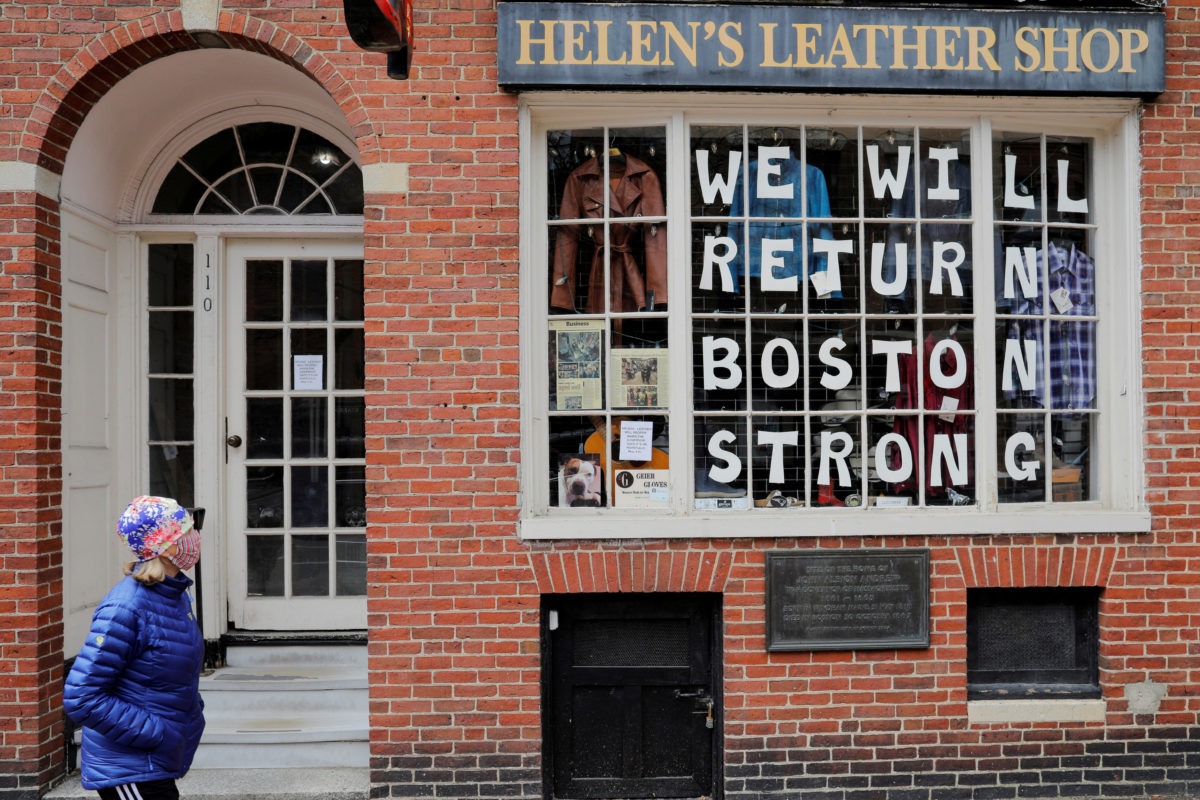
Here’s Who’s Being Hit Hardest By The Economic Downturn
The current estimated unemployment rate far exceeds the 10 percent peak reached in the Great Recession in 2009. It is the most devastating loss of jobs since the Great Depression, when economists estimate the unemployment rate reached 25 percent in 1933.
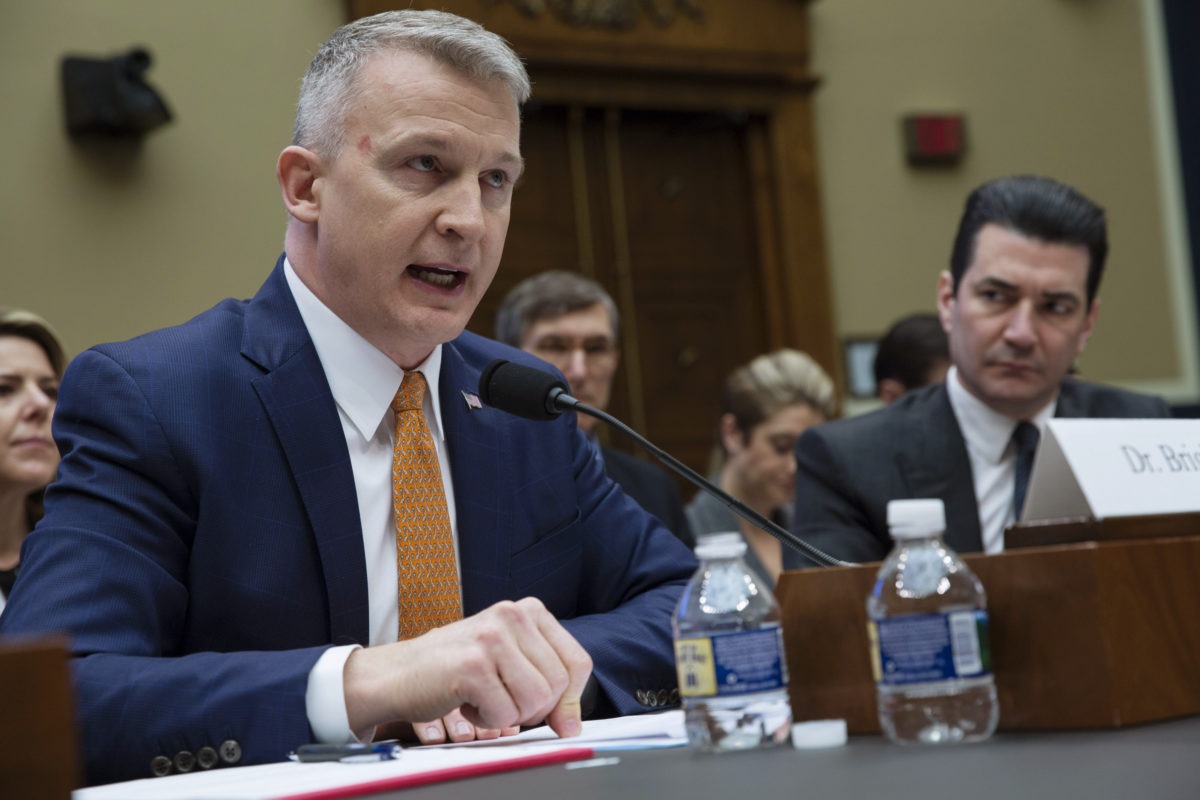
Read: Whistleblower Complaint Claims Federal Response To COVID-19 Prioritized Politics Over Science
A former vaccine expert with the U.S. Department of Health and Human Services (HHS) alleges in a whistleblower complaint that he was ousted because his efforts to address the coronavirus pandemic conflicted with those of President Donald Trump and other administration officials.


